That Blows: Honda Opens New Wind Tunnel

There is seemingly no end to the number of toys and tools automakers have at their disposal when developing new cars at places such as Honda. Wind tunnels – those development halls, not local politicians – have been around for decades but have seen an array of advancements in tech over the years. Today, Honda opened a state-of-the-art facility at its campus in Ohio.
The new Honda Automotive Laboratories of Ohio, with the convenient acronym HALO, is said to be part of the state’s independent Transportation Research Center. The company is boasting this wind tunnel has three separate testing functions: aerodynamics, aeroacoustics, and racing. The latter piques our interest given the on-again, off-again nature of factory-backed Honda machines in the world’s racing leagues.
But that’s likely the hook, with more mundane topics like fuel economy and energy consumption being key reasons for this tool’s use. It deploys a five-belt rolling road system for production vehicle development while a second single wide-belt system will be pressed into service for testing both high-performance sports cars and purpose-built race vehicles. The tunnel can generate wind speeds of more than 190 miles per hour, in case you’re wondering.
“Honda’s product development capabilities will advance to new heights thanks to this investment in our Ohio research operations,” said Jim Keller, executive vice president of Honda Development & Manufacturing of America. “With this new facility, Honda is not simply investing in an advanced technology facility but in the future of the Honda engineers and other researchers who will work here.”
Electrification consumes the frontal lobes of just about every car maker these days and Honda is no different. Anyone who’s been in the cabin of an EV at speed knows that every single chirp of road and wind noise is seemingly amplified thanks to the complete and utter lack of internal combustion engine noise. That’s why the so-called aeroacoustic component is a key feature of this wind tunnel. It apparently utilizes a system of acoustic arrays, made up of microphones and cameras, to collect real-time data and precision measurement in the never-ending quest for cabin silence. Of course, aerodynamic test capabilities will help increase the range and performance of future full-electric vehicles.
And while we’re here, can we pour one out for the old Wind Tunnel call-in show hosted by Dave Despain and broadcast on the Speed Channel?
[Image: Honda]

Matthew buys, sells, fixes, & races cars. As a human index of auto & auction knowledge, he is fond of making money and offering loud opinions.
More by Matthew Guy
Latest Car Reviews
Read moreLatest Product Reviews
Read moreRecent Comments
- Mgh57 I had to read the article because I had had no idea what the headline meant. I've never seen this in the Northeast. Don't understand the point. Doesn't seen efficient aerodynamically
- MaintenanceCosts Depends on the record of the company developing them. If it’s got a record of prioritizing safety over years of development, I’ll be fine with it, and I’ll expect it to be less risky than typical idiot human drivers. If it’s a “move fast and break sh!t” outfit like Tesla or Uber, no way.
- Kwik_Shift_Pro4X No thanks. You'll never convince me that anybody needs this.
- Kwik_Shift_Pro4X I'd rather do the driving.
- SCE to AUX EVs are a financial gamble for any mfr, but half-hearted commitment will guarantee losses.BTW, if there were actual, imminent government EV mandates, no mfr could make a statement about "listening to their customers".



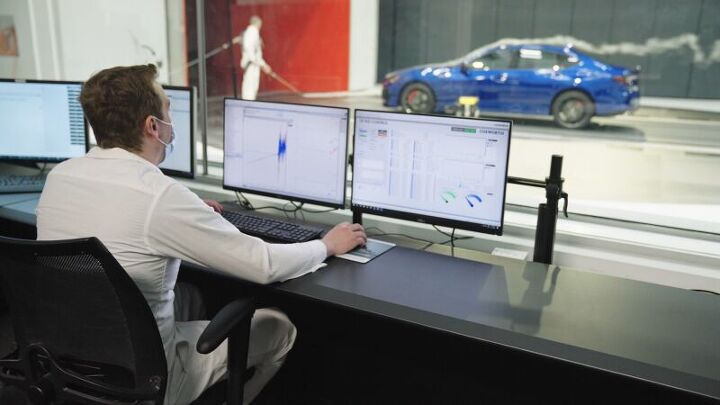





















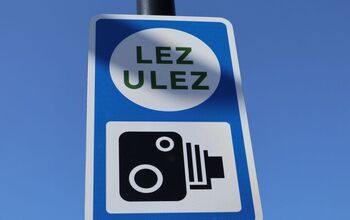
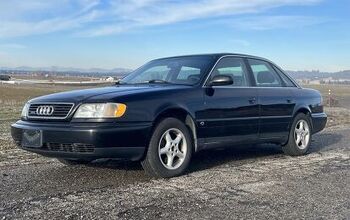
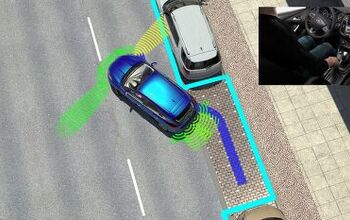


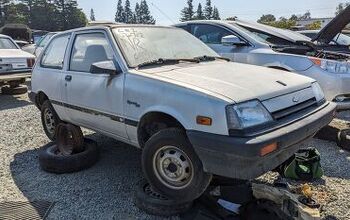

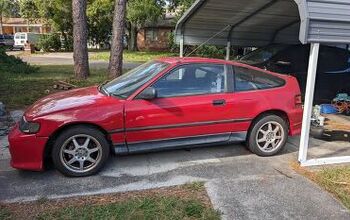
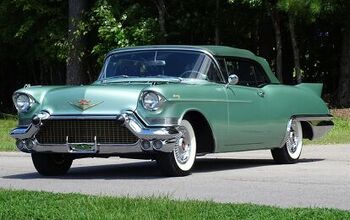
Comments
Join the conversation
“Honda’s product development capabilities will advance to new heights thanks to this investment in our Ohio research operations” Pretty sure that's almost exactly what the Wright brothers said?